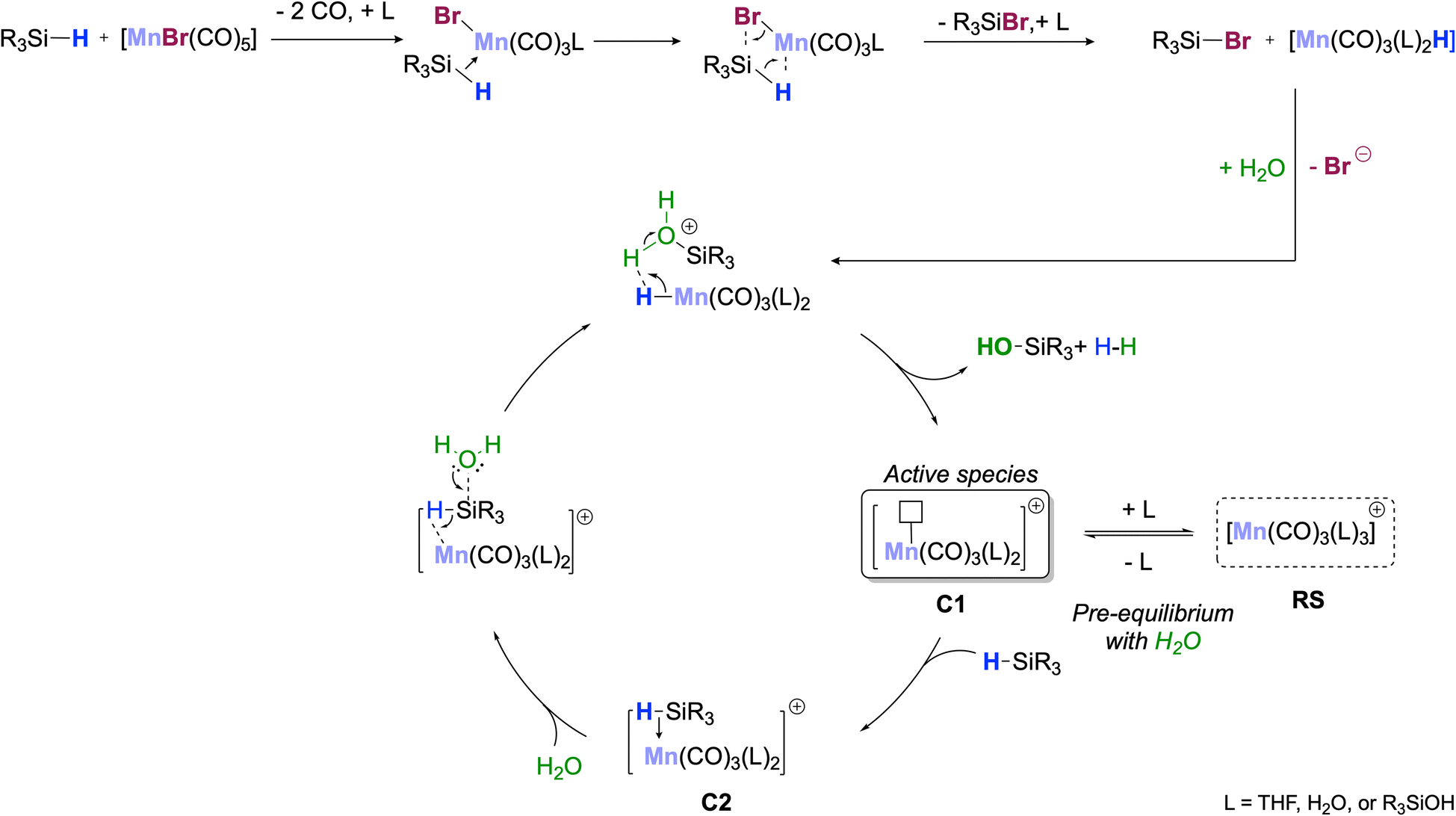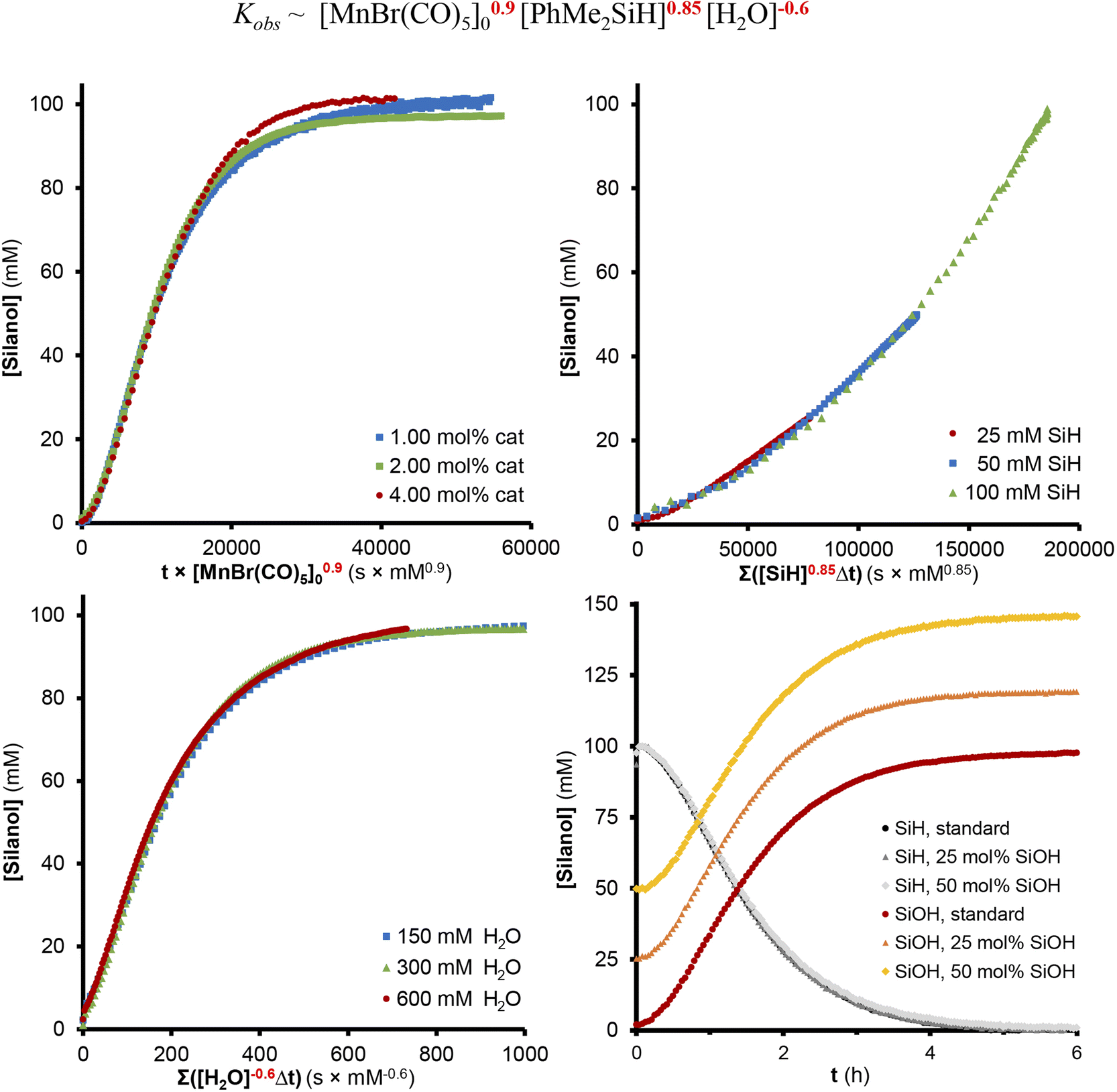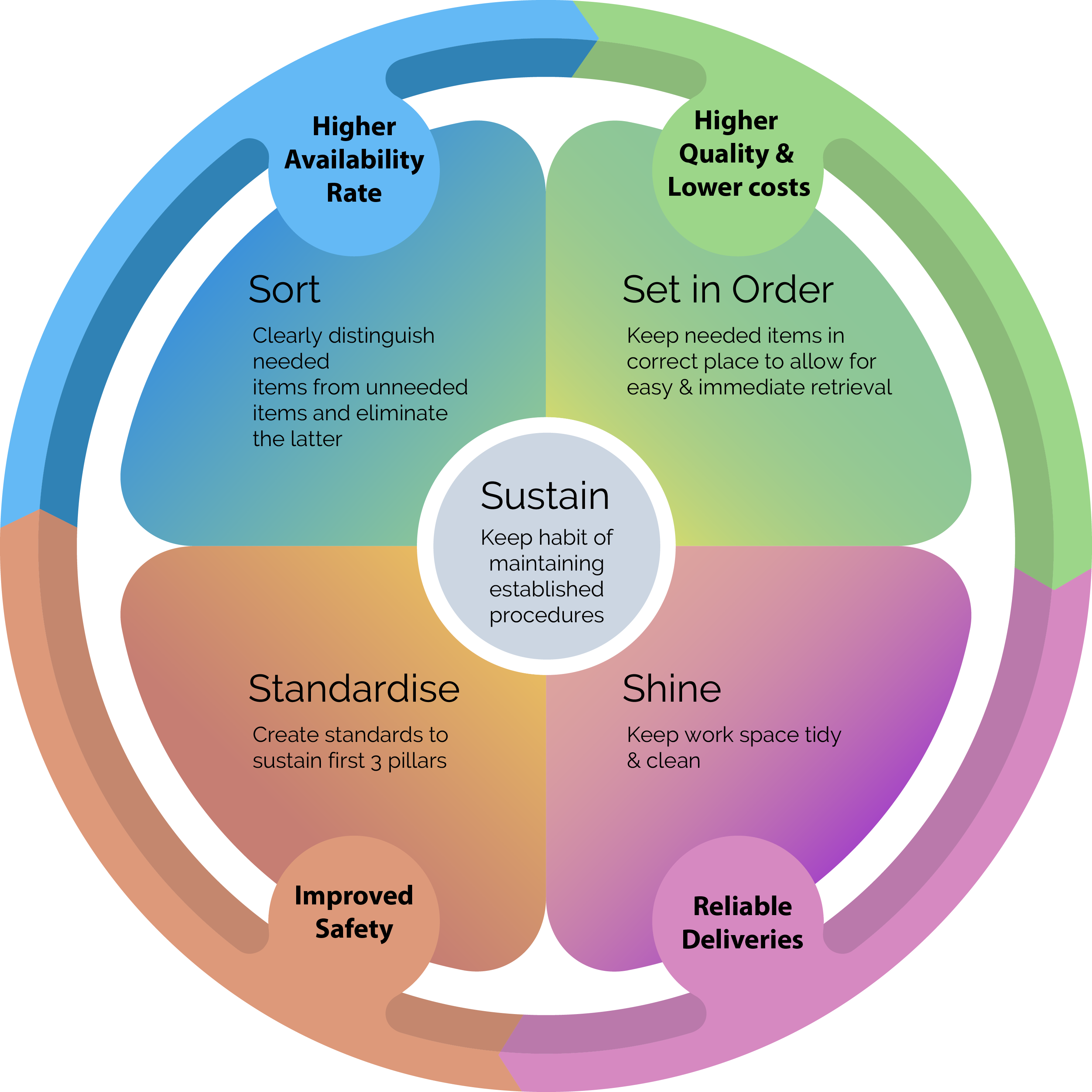Selective oxidation of silanes into silanols with water using [MnBr(CO

a) 1 HNMR spectra and b) 13 CNMR spectra of copoly(BrPMAAmcoHEMA
Our catalyst, MnBr (CO) (MeCN), avoids the formation of the off-cycle manganacycle- (CO) species responsible for low catalyst activity, allowing near room temperature hydroarylation of alkenes and alkynes with broad functional group tolerance including late stage functionalisation and diversification of bioactive molecules. PDF (8440K)

Scheme S1 Scope of the reaction isolated yields are given below each
341622 Bromopentacarbonylmanganese (I) Write a review 98% Synonym (s): Bromopentacarbonylmanganese (I), Manganese pentacarbonyl bromide Linear Formula: BrMn (CO)5 CAS Number: 14516-54-2 Molecular Weight: 274.89 EC Number: 238-522-8 MDL number: MFCD00049806 PubChem Substance ID: 24860973 NACRES: NA.23

Selective oxidation of silanes into silanols with water using [MnBr(CO
Catalytic activities of Mn(I) complexes derived from expensive MnBr(CO) 5 salt have been explored in various dehydrogenative transformations. However, the reactivity and selectivity of inexpensive high spin Mn(II) complexes are uncommon. Herein, we have synthesized four new Mn(II) complexes and explored switchable alkenylation and alkylation of.

Síntesis de los complejos fac[MnBr(CO)₃(κ²P,Pdppm)] y cis,mer[MnBr
Request PDF | MnBr(CO) 5 : a commercially available highly active catalyst for olefin hydrosilylation under ambient air and green conditions | The catalytic hydrosilylation of alkenes is a major.

Angew:Mn(I)/Ag(I)接力催化C(sp2)H/C(sp3)H偶联合成β(杂)芳基/烯基酮_CBG资讯
Treatment of MnBr (CO) 5 (2−) n }C 5 H 4 N (E=S, R=Me, Ph, n =0; E=Se, R=Me, n 77 Se { 1 3 {2- (PhSCH 5 H L 77 Se { 1 H}- and 55 Mn-NMR spectroscopies and IR spectroscopy have been used to investigate the solution characteristics of these compounds. Download : Download full-size image Keywords Manganese Organometallic Mixed-donor ligands Synthesis

13 C NMR spectrum of 4 (in DMSOd 6 ). Download Scientific Diagram
Here, we demonstrate that [MnBr(CO)5] is a highly active precatalyst for this reaction, operating under neutral conditions and avoiding the undesired formation of siloxanes. As a result, a broad substrate scope, including primary and secondary silanes, could be converted to the desired products.

Substrate scope for the [3 + 2] annulations giving exoolefinic
Results and Discussion. Complexes 1-4 have been isolated from the reaction of [MnBr(CO) 5] with one equivalent of the appropriate α-diimine ligand (bpy, phen, dafo and pyzphen) in dichloromethane at room temperature.Yellow to orange crystals of these complexes are stable under ambient conditions for several months. Despite previous reports on spectroscopic properties of 1 and 2, no.

Selective oxidation of silanes into silanols with water using [MnBr(CO
Using iPrOH as hydrogen source and solvent, we investigated the asymmetric transfer hydrogenation catalyzed by [MnBr(CO) 5] and various chiral P x N y-type ligands.Initially, we chose the acetophenone as the model reaction substrate. It could be seen that in the absence of chiral ligand, the reaction can hardly take place (Table 1, entry 1).Under the employed reaction conditions the catalyst.

Figure S2 Detail of the carbonyl region of the FTIR spectrum of
Herein, we describe a novel catalytic hydroarylation that takes advantage of a Mn-complex capable of mediating these reactions at room temperature or near room temperature, overcoming one of the current bottlenecks in efficient Mn-catalysis ( Scheme 1d ). Go to: Results and discussion

Panel A yield−time profile performed on phenylacetic acid in
The first manganese-catalyzed aromatic C-H alkenylation with terminal alkynes is described. The procedure features an operationally simple catalyst system containing commercially available MnBr(CO)(5) and dicyclohexylamine (Cy(2)NH). The reaction occurs readily in a highly chemo-, regio-, and stereo.
Scope of the hydroarylation of 2a with arenes. All yields are of
PMID: 35109649 DOI: 10.1021/acsami.1c22575 Abstract Carbon monoxide (CO) therapy has become a hot topic in the field of gas therapy because of its application prospect in the treatment of various diseases.
Figure S1 FTIR spectrum of [MnBr( 13 CO)n(CO)5n] 2 mM in THF
MnBr (CO)5: a commercially available highly active catalyst for olefin hydrosilylation under ambient air and green conditions - Green Chemistry (RSC Publishing) Issue 19, 2023 Previous Article Next Article From the journal: Green Chemistry

Scope of imines for the monoCH addition reaction. Reaction
Manganese pentacarbonyl bromide is an organomanganese compound with the formula BrMn (CO) 5. It is a bright orange solid that is a precursor to other manganese complexes. The compound is prepared by treatment of dimanganese decacarbonyl with bromine: [1] Mn 2 (CO) 10 + Br 2 → 2 BrMn (CO) 5
Unless otherwise specified, all reactions were carried out using 1 (0.2
5 was used as received, stored under argon in a glovebox or under air. Alkenes were stirred overnight on activated alumina, degassed by freeze-pump-thaw cycles, and stored under argon in a glovebox or used without any purification depending on the reaction conditions.

5S Circle Ribcon
The pKa of HMn(CO)X5 H M n ( C O) X 5 in water is 7.1 7.1. This means that the Mn(CO)X5− M n ( C O) X 5 − complex exists, implying a −1 − 1 oxidation state for Mn M n. Again, I am not sure that a metal can adopt a negative oxidation state. As you can see they sure can get neg. ox. state, but because of such cases as this one, this doesn.

(PDF) Selective oxidation of silanes into silanols with water using
Carbon monoxide (CO) therapy has become a hot topic in the field of gas therapy because of its application prospect in the treatment of various diseases.. X-ray-Triggered CO Release Based on GdW 10 /MnBr(CO) 5 Nanomicelles for Synergistic Radiotherapy and Gas Therapy. Bin Liu. Bin Liu. School of Materials Science and Engineering, University.